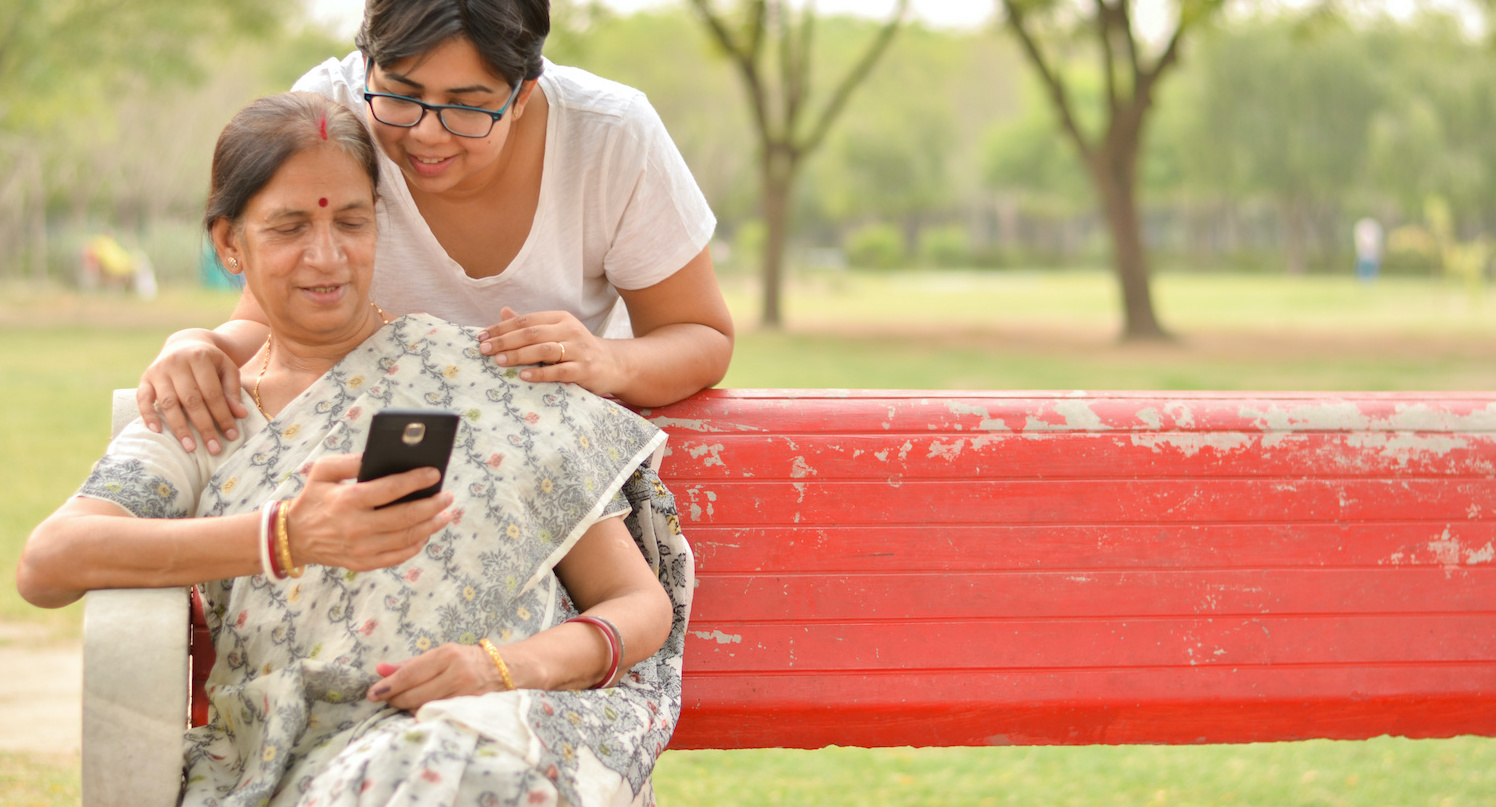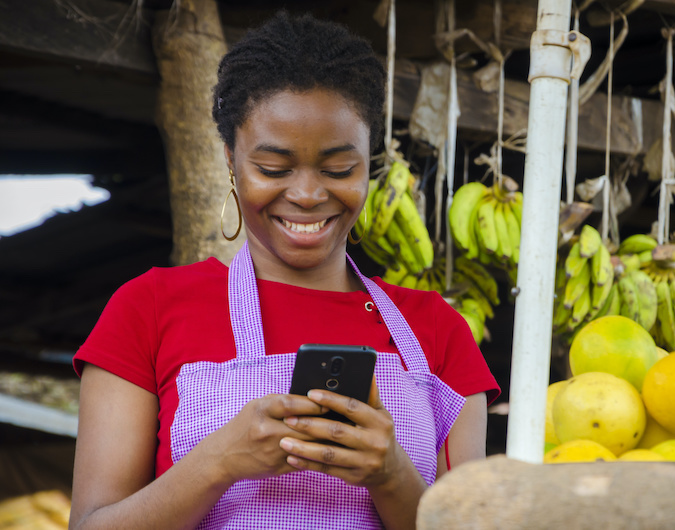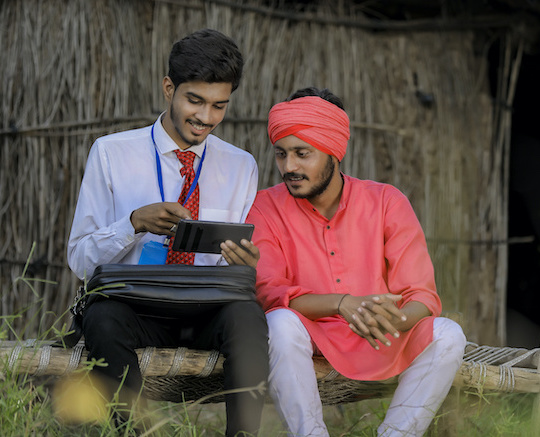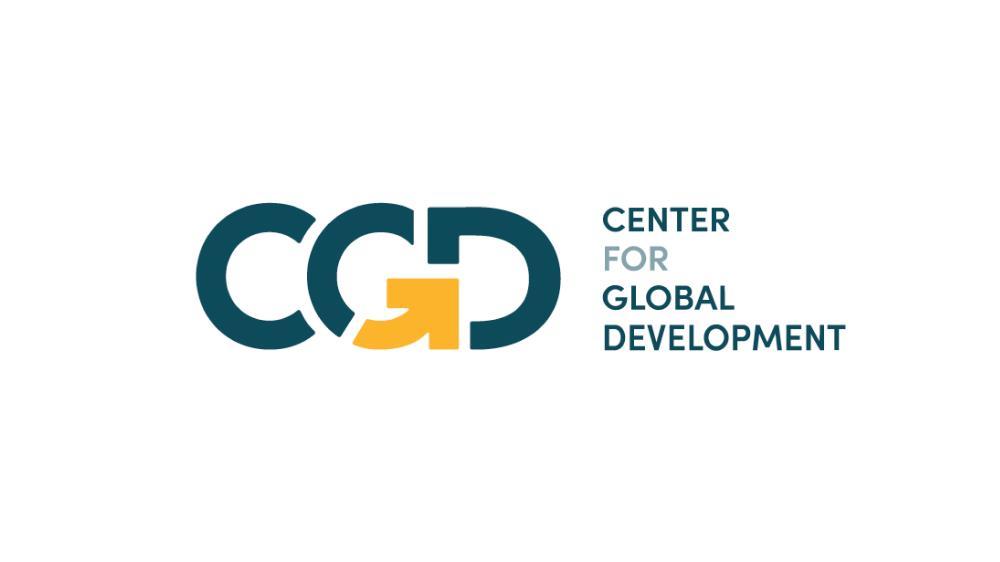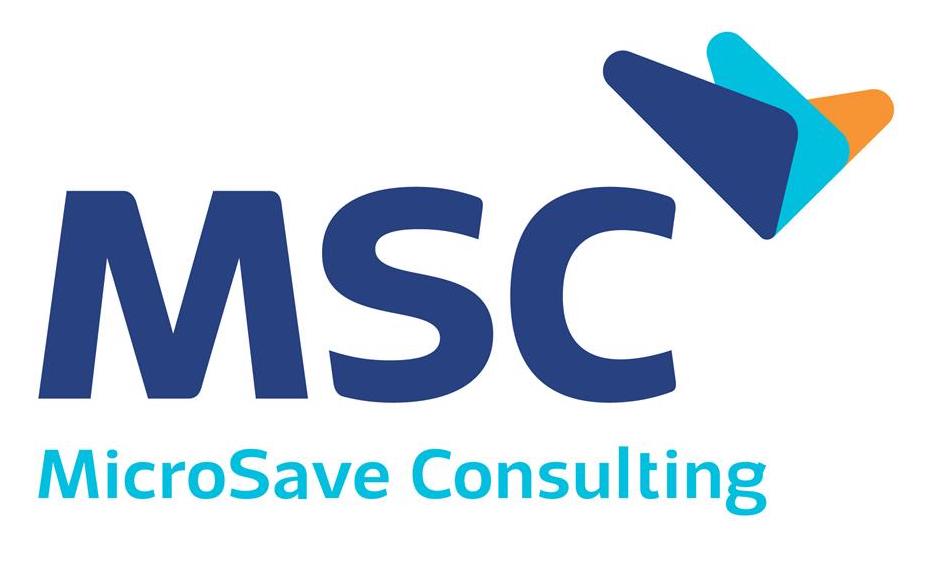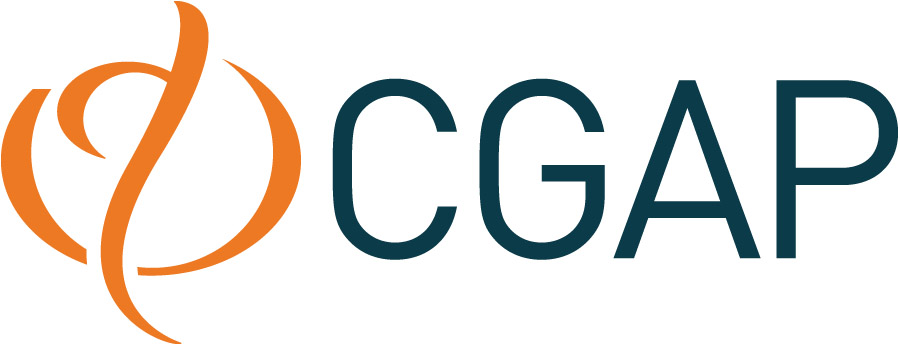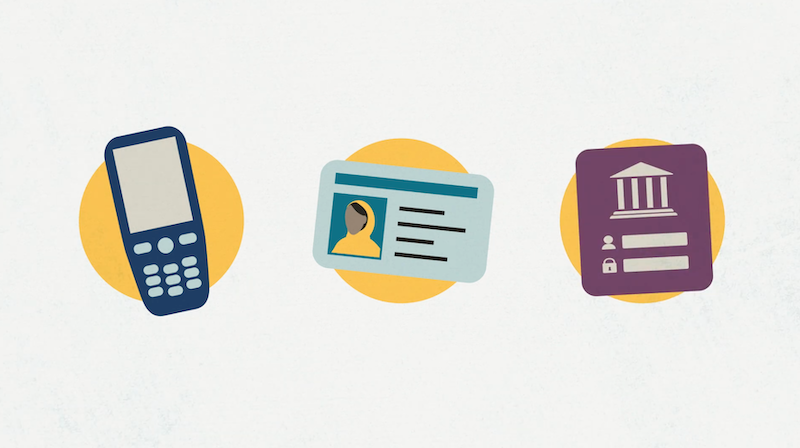 17 October, 2022
17 October, 2022
Using digital technology, many countries and programs are modernizing their Government-to-Person (G2P) payments systems, shifting from cash towards financial instruments. In addition to greater efficiency, goals often include deepening financial inclusion and empowering women. G2P payments systems have also become more critical in the wake of the Covid-19 pandemic. G2P Network is a joint platform to facilitate learning and the sharing of information among organizations involved in this area as well as the wider development community.

